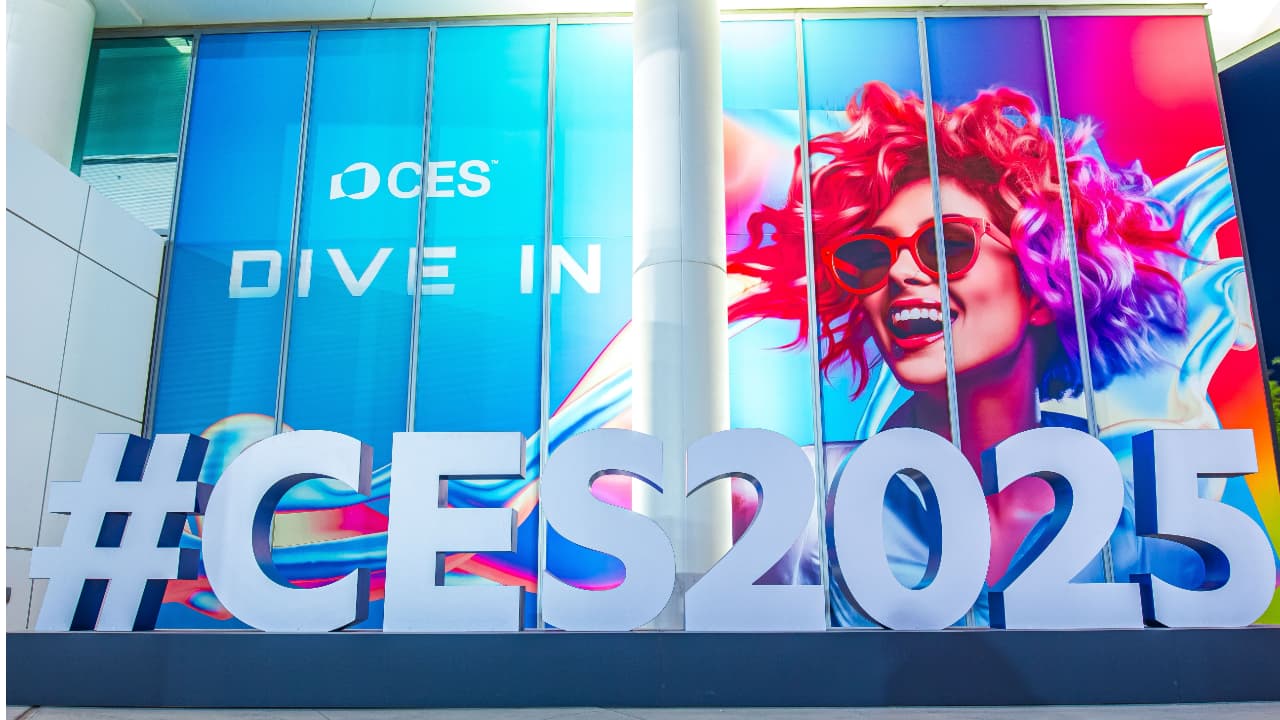
Overshadowed by the LA fires, CES 2025 seems to have been a rather more muted affair than in recent years with AI still being hyped by all and sundry but largely failing to deliver on the show floor.
There was no Rabbit r1 at CES this year, and perhaps that’s a good thing. The misfiring AI device was the breakout star of CES 2024, but failed to deliver on its promises when it hit the market later in the year. As metaphors go it doesn’t come much better than that and again the halls of the LVCC were awash with AI marketing and promises of society-level changes in the way we all work and live. Unlike last year though there is a bit more skepticism regarding exactly when this future will arrive and what it will cost us.
It’s a very broad brush summary, but the response on learning that AI is at the heart of a new product at CES seems to have evolved from ‘Wow’ to ‘So?’ over the course of the past year.
Televisions
There was still plenty of AI being crammed into TVs though, with Samsung and LG both highlighting new features where you would expect to ramp up audiovisual quality, and where you wouldn’t, ie deploying Microsoft’s Copilot AI assistant into the TV ecosystem.
LG even rebranded its remote control as the AI Remote, but will probably have more consumer success with its new series of OLED TVs. These include new Four Stack OLED panel tech for the G5 and M5 sets, LG now saying they ship with Brightness Booster Ultimate technology. This “enhances light control architecture and light-boosting algorithms to achieve brightness three times higher than conventional OLED models.”
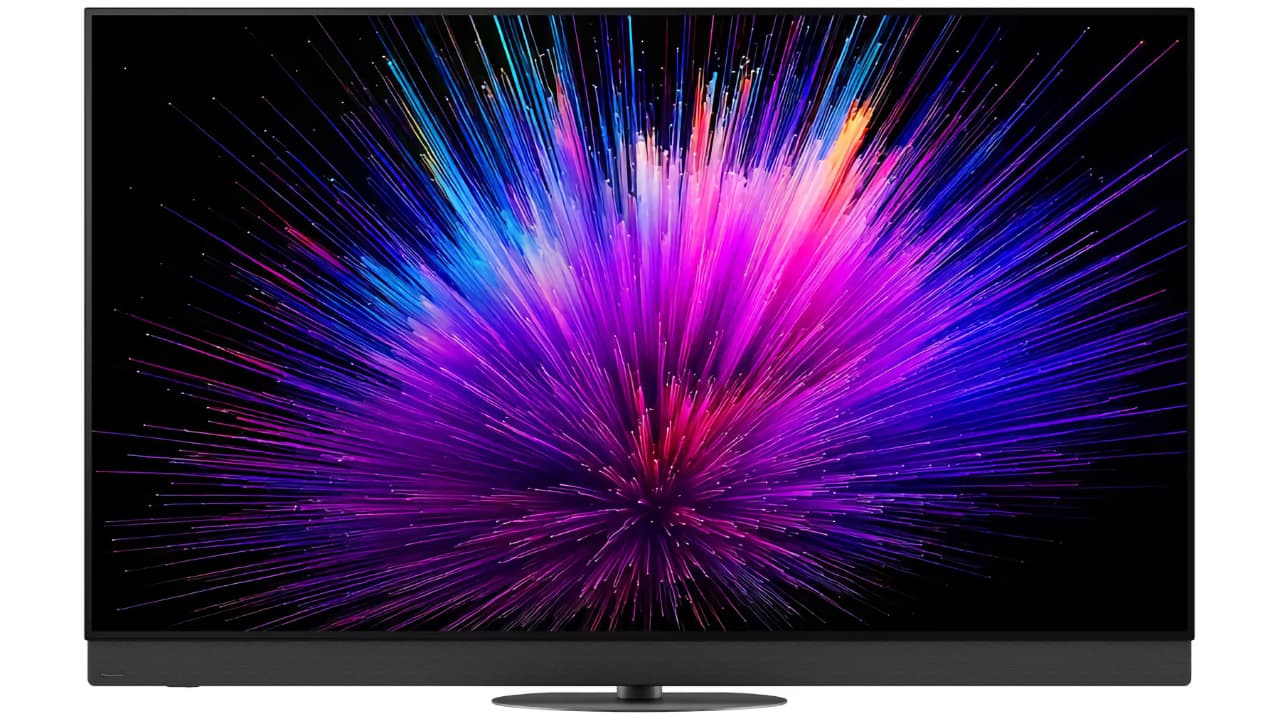
Panasonic too has dropped MLA-OLED in favour of the multi-layer stacked panel approach. This helped the Panasonic Z95B OLED (above) to be one of the sets of the show, which is neat timing as the manufacturer looks to get back into the US market.
There wasn’t much in the shape of eye-catching TV technical innovation this year, with overall the consensus being set firmly to ‘meh’. There was some decent iteration though, with TCL saying it has found a workaround for the unintended glow effect that can bedevil bright objects on dark backgrounds in Mini LED displays, and Hisense claiming it has a consumer-ready Micro LED TV ready to launch. When one of the standout sets was the battery powered ultraportable LG StanbyME 2 by dint of LG giving it a carry strap so you can just hang it on a hook on the wall or lug it round like a shoulder bag, you know it’s a slow year.
Computing
We’ve already talked about the ASUS Zenbook A14 which was one of the standout machines at the show and ridiculously light. The laptop that probably garnered the most attention though, partly because of deploying that age old CES tactic, the gimmick, was the Lenovo ThinkBook Plus Gen 6 with its rollable screen (below). It’s a Copilot+ PC which vertically expands from a compact 14-inch display to 16.7 inches by simply pressing a dedicated key or through hand gestures to the camera. It provides nearly 50% of additional screen space as a result, though it’s not necessarily the aspect ratio that most people are comfortable with.
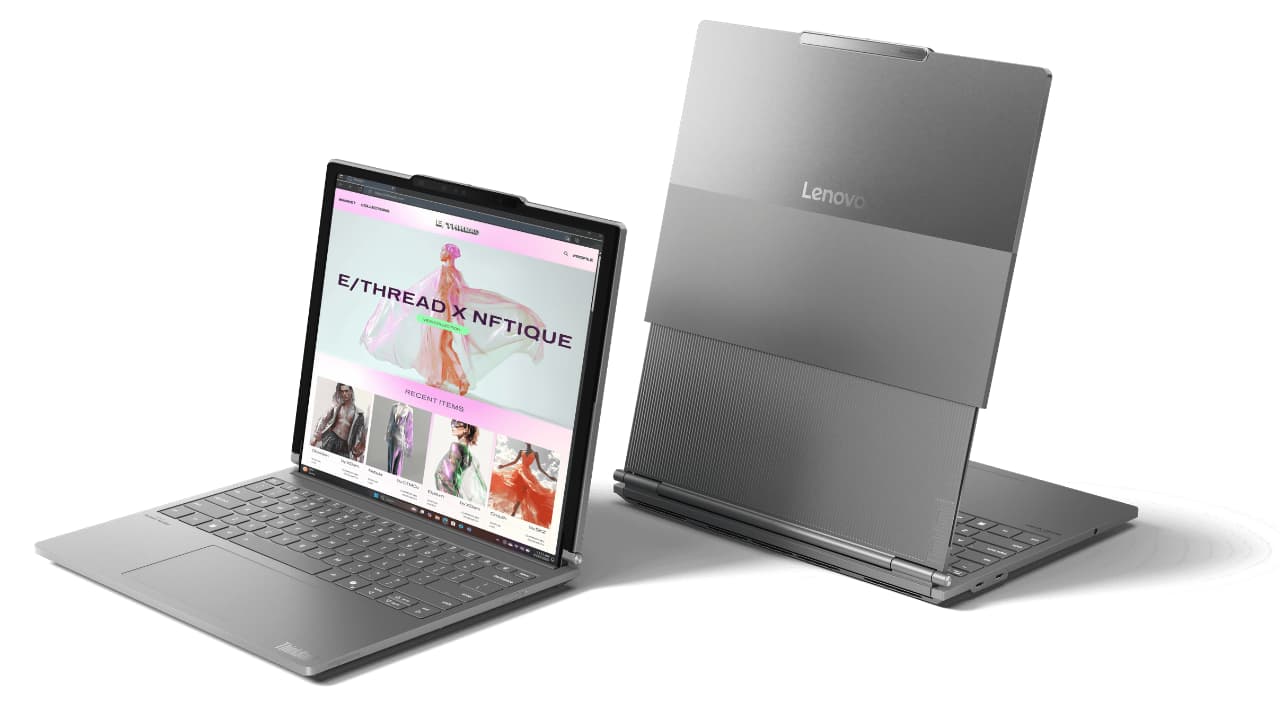
Time will tell whether it’s destined to be an evolutionary cul-de-sac or mass market device. Experience of novel form factors in the past would suggest the former.
Plenty of machines were announced with the new Nvidia GeForce RTX 50 GPUs inside, and design, for want of a better word, is getting boisterous to natch the specs. MSI’s Titan 18 HX Dragon Edition Norse Myth is a bling-heavy mix of hand drawn dragon imagery and Norse runes with a palm rest inlay. ‘Dragonforged dominance’ says the company. ASUS, meanwhile, put a RGB lightbar all round the edge of its new ROG Strix Scars, and was even showing its (currently) China-only Adol 14 Air, a laptop which comes with a built in aroma diffuser in the lid.
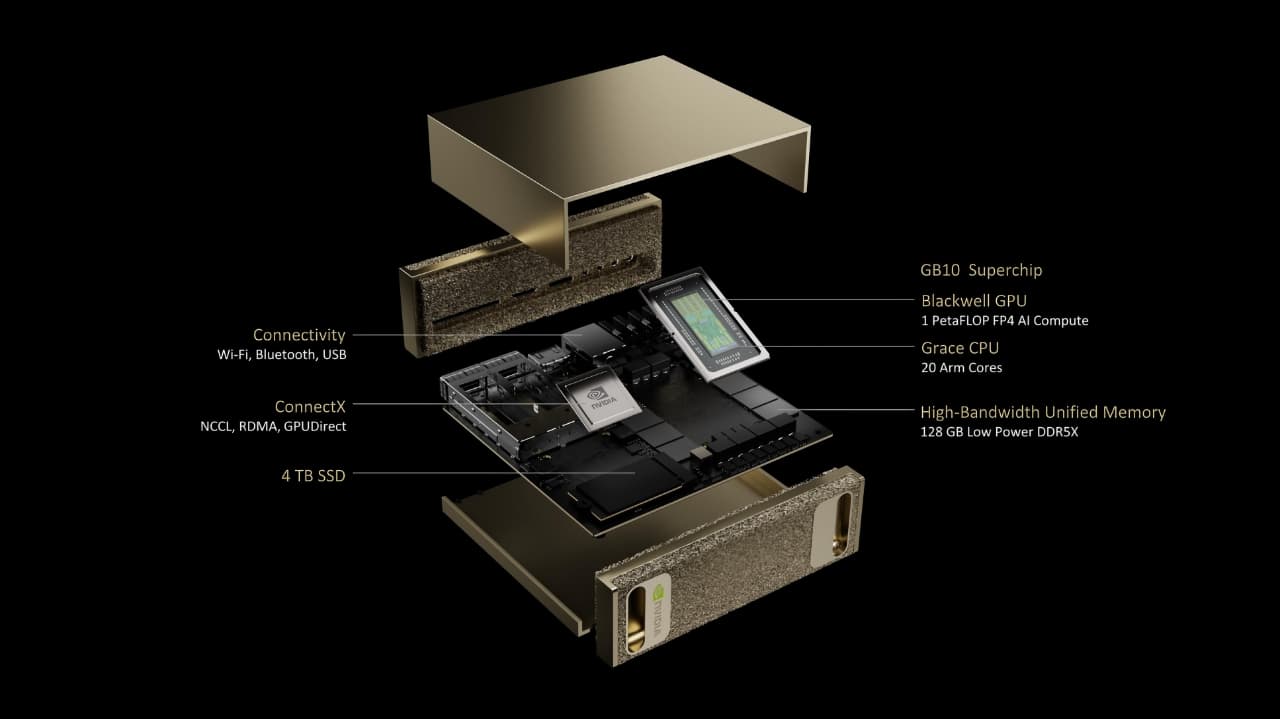
Nvidia itself though had one of the other computers of the show. NVIDIA Project DIGITS (above) might look like a pimped up Mac mini, but is actually a Grace Blackwell AI supercomputer on your desk capable of running 200 billion-parameter models. This is going to allow developers to prototype AI on Project DIGITS and then scale on cloud or data center infrastructure, using the same Grace Blackwell architecture and the NVIDIA AI Enterprise software platform. Pricing is going to start at $3000 and it will be available in May.
Other stuff
Smart glasses were everywhere and seem to be splitting into different market segments. The basic rule of thumb is the more they look like normal glasses, the less computing and battery power and therefore less features they have built in. So, you have very normal looking glasses that essentially function as hearing aids at one end of the spectrum, and chunky glasses with embedded screens that are trying to give the whole AR experience at the other.
The sweet spot is probably in the middle ground, but the tech isn’t quite there yet. Innovation is accelerating in the space though as investors pile in in earnest. 2026 could potentially see something game-changing.
Robot vacuums are becoming more adept, though we have to see if some of the latest design innovations take. The Roborock Saros Z70 has a mechanical arm that allows it to pick up objects that get in the way of its vacuuming patrol up to 300g and put them somewhere safe. And the Dreame X50 Ultra (below) deploys small articulating levers to enable it to negotiate steps up to 6cm. None of them can do stairs yet, but given this is the holy grail of robovacs (not to mention the Daleks) it will happen one day soon.
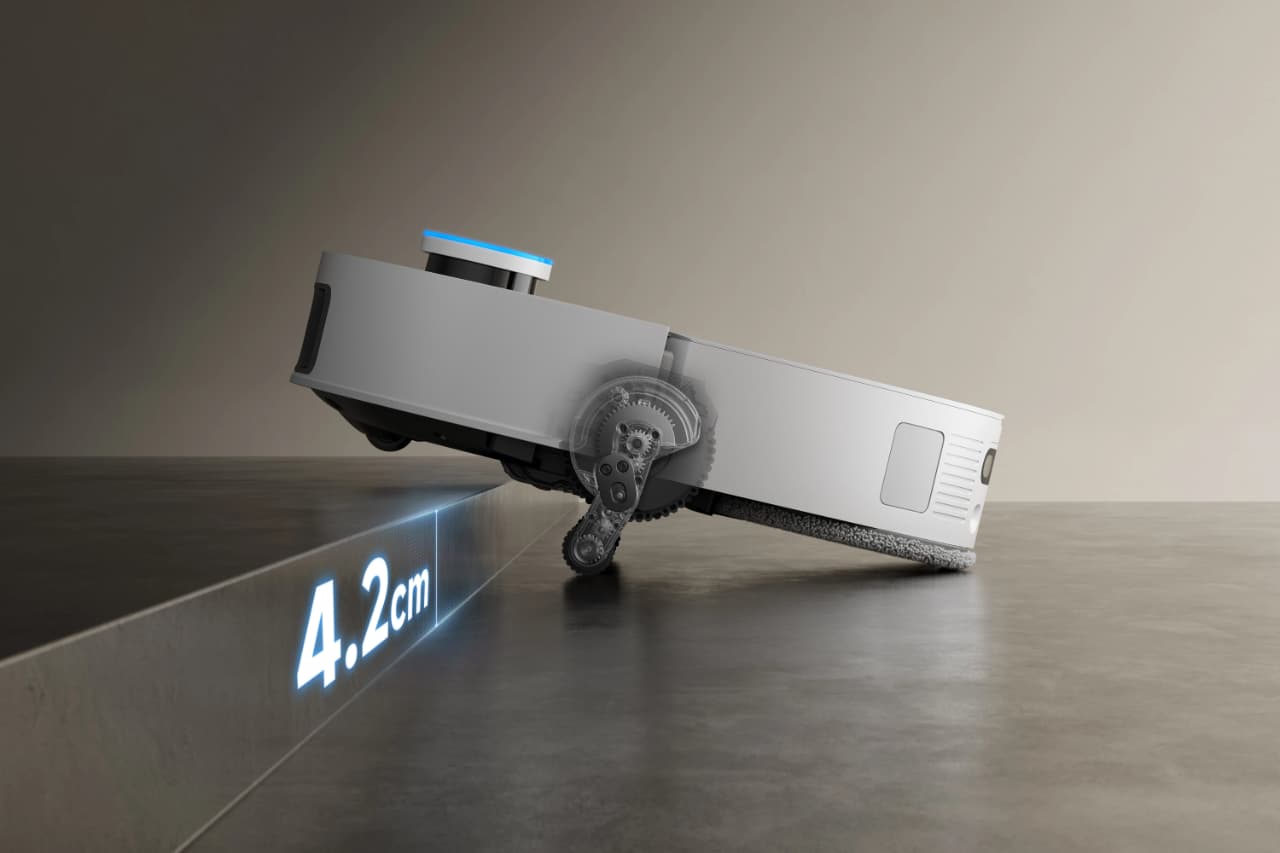
We did not perhaps see the breakthroughs in household robotics that we were hoping for, but plenty of companies are trying. SwitchBot’s K20+ Pro Multitasking Household Robot can do everything from vacuuming to household security to air purifying to following you round the house with a selfie stick if that’s what you fancy.

Mirumi (above) won’t follow you, but is effectively a clip-on plushie equipped with big ol' eyes and various sensors that enable it to move its head, detect movement, and engage with nearby people. The Japanese developers talk about mimicking interaction with a human baby, but there’s a whole tweenage market out there for animated plushies that will probably take it to its heart first.
Gimmicky gadget of the show award though goes to the Kirin Electric Salt Spoon, which gently tickles your tongue with a weak electric current to fool your body into thinking its tasting food 1.5x saltier than it actually is. Salt is delicious, umami is wonderful, but long term over consumption isn’t great for the health. The spoon has four saltiness settings and was developed in Japan where daily salt intake is double that of the WHO’s recommended 5g per day guidelines. If the feedback from CES is anything to go by, it might become more widely available soon.

tl;dr
- The hype around AI at CES has grown more muted this year, with a shift in sentiment from excitement to skepticism about its practical applications and promises.
- LG showcased new OLED TVs featuring advanced brightness technology, while Panasonic also adopted multi-layer stacked panel design, though overall innovations in TV tech were minimal.
- The Lenovo ThinkBook Plus Gen 6, with its unique rollable screen, drew significant attention, illustrating the ongoing interest in novel form factors within computing devices.
- The ASUS Zenbook A14 showcased extremely light design.
- Smart glasses are diversifying into distinct market segments, with advancements expected as investment in the technology increases, suggesting potential breakthroughs by 2026.
Tags: Technology


Comments